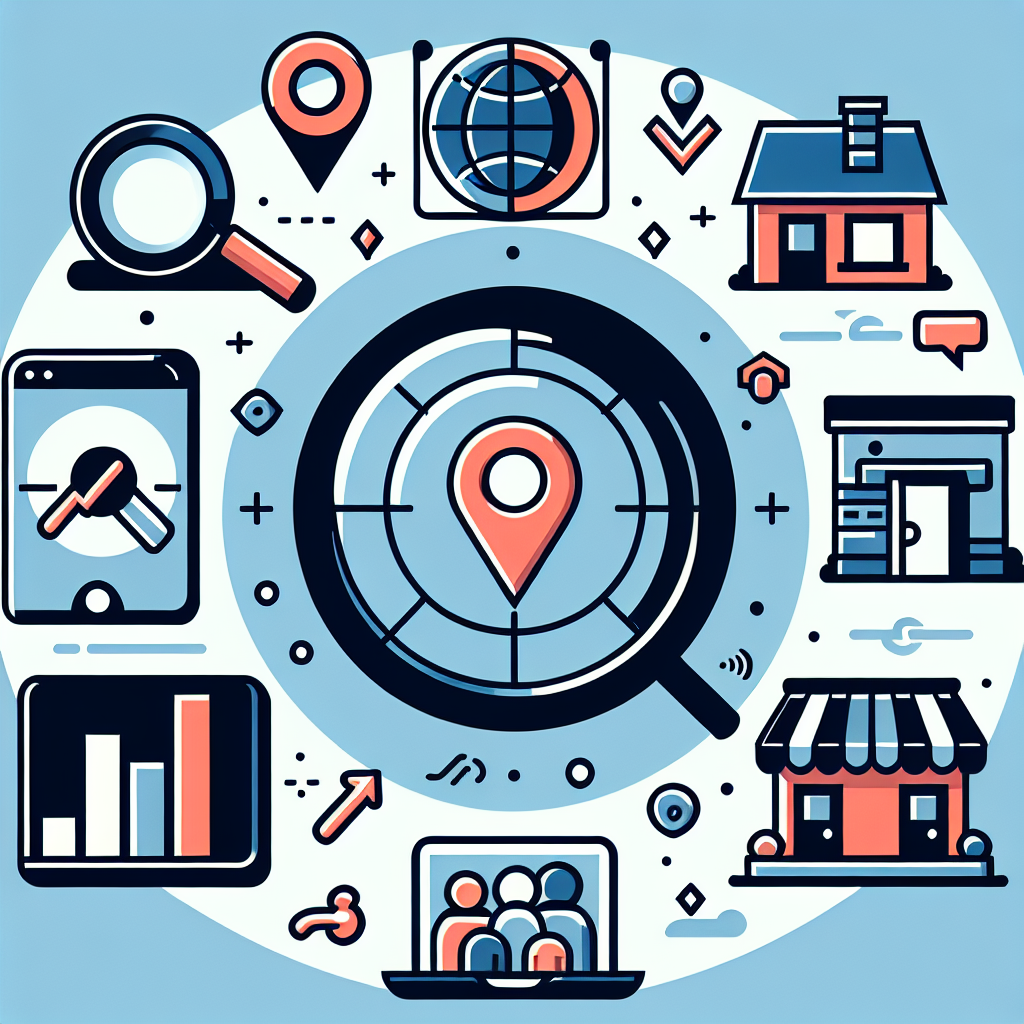What Is Integrated Marketing and Why Does It Matter?
What Is Integrated Marketing?
Integrated marketing is a strategic approach that unifies all marketing efforts across multiple channels to deliver a consistent message and cohesive brand experience. At its core, integrated marketing ensures that every touchpoint a customer encounters—whether it’s a social media post, email campaign, TV ad, or website—works together seamlessly to reinforce the brand’s identity and values. This approach eliminates the fragmentation often seen in traditional marketing, where different channels operate independently, leading to mixed messages and diluted impact.
The concept revolves around creating synergy between channels, ensuring that the brand’s voice, visuals, and messaging remain consistent regardless of where or how the audience interacts with it. For example, a brand running a holiday campaign would ensure that its email promotions, social media ads, in-store displays, and website banners all share the same theme, tone, and call-to-action. Integrated marketing is not just about coordination; it’s about creating a unified experience that resonates deeply with the target audience.
Key Components of Integrated Marketing
To execute integrated marketing effectively, businesses must focus on several essential components that form the foundation of this strategy:
-
Branding Consistency : A strong, recognizable brand identity is crucial. This includes consistent use of logos, color schemes, tone of voice, and messaging across all platforms. Consistency builds trust and familiarity, making it easier for customers to connect with the brand.
-
Cross-Channel Communication : Integrated marketing thrives on seamless communication between channels. Each platform should complement the others, creating a cohesive narrative that guides the customer journey. For instance, a social media ad might direct users to a landing page, which then encourages them to sign up for an email newsletter.
-
Audience-Centric Strategies : Understanding the target audience is key. Integrated marketing requires businesses to tailor their messaging and campaigns to meet the needs, preferences, and behaviors of their audience. This involves leveraging data and insights to create personalized experiences.
-
Unified Goals : All marketing efforts should align with overarching business objectives. Whether the goal is to increase brand awareness, drive sales, or improve customer retention, integrated marketing ensures that every channel contributes to achieving these goals.
-
Measurement and Analytics : Tracking performance across channels is essential to identify what’s working and what needs improvement. Integrated marketing relies on data-driven decision-making to optimize campaigns and maximize ROI.
By focusing on these components, businesses can create a marketing strategy that is not only cohesive but also impactful.
Benefits of Integrated Marketing
Integrated marketing offers a range of benefits that can significantly enhance a brand’s performance and customer relationships:
-
Improved Brand Recognition : Consistent messaging across channels helps reinforce the brand’s identity, making it more memorable to consumers. Over time, this builds trust and loyalty.
-
Enhanced Customer Experience : A unified approach ensures that customers receive a seamless experience, whether they’re interacting with the brand online, in-store, or through other channels. This reduces confusion and creates a positive impression.
-
Increased ROI : By aligning all marketing efforts, businesses can eliminate redundancies and focus their resources on strategies that deliver the best results. Integrated campaigns often yield higher engagement and conversion rates.
-
Stronger Competitive Edge : In a crowded marketplace, integrated marketing helps brands stand out by delivering a clear, consistent message that resonates with their audience.
-
Better Data Utilization : Integrated marketing relies on analytics to track performance across channels. This data provides valuable insights into customer behavior, enabling businesses to refine their strategies and improve outcomes.
These benefits make integrated marketing a powerful tool for businesses looking to build stronger connections with their audience and achieve sustainable growth.
How Integrated Marketing Differs from Traditional Marketing
Traditional marketing often operates in silos, with each channel functioning independently. For example, a company might run separate campaigns for print ads, social media, and email without any coordination between them. This fragmented approach can lead to inconsistent messaging and missed opportunities to engage customers effectively.
Integrated marketing, on the other hand, breaks down these silos by creating a cohesive strategy that connects all channels. Instead of treating each platform as a standalone entity, integrated marketing views them as parts of a larger ecosystem. This shift allows businesses to deliver a unified message and create a seamless customer journey.
Key differences include:
- Focus on Consistency : Integrated marketing prioritizes consistent branding and messaging, while traditional marketing may vary across channels.
- Customer-Centric Approach : Integrated marketing emphasizes understanding and meeting customer needs, whereas traditional marketing often focuses on pushing products or services.
- Data-Driven Decisions : Integrated marketing leverages analytics to optimize campaigns, while traditional marketing may rely more on intuition or past experiences.
By adopting integrated marketing, businesses can overcome the limitations of traditional approaches and create strategies that are more effective in today’s interconnected world.
Examples of Successful Integrated Marketing Campaigns
Several brands have demonstrated the power of integrated marketing through highly effective campaigns:
-
Coca-Cola’s “Share a Coke” Campaign : Coca-Cola personalized its bottles with popular names, encouraging customers to find their name and share their experience on social media. The campaign integrated TV ads, social media, in-store displays, and digital content, creating a unified and engaging experience.
-
Nike’s “Just Do It” Campaign : Nike consistently uses its iconic slogan across all channels, from TV commercials to social media posts. The brand’s integrated approach ensures that its messaging remains consistent, inspiring customers worldwide.
-
Old Spice’s “The Man Your Man Could Smell Like” Campaign : Old Spice combined humorous TV ads with interactive social media content, creating a cohesive campaign that boosted brand awareness and sales.
These examples highlight how integrated marketing can drive engagement, build brand loyalty, and deliver impressive results.
Steps to Create an Integrated Marketing Strategy
Developing an integrated marketing strategy requires careful planning and execution. Here are the steps businesses can follow:
-
Set Clear Goals : Define what you want to achieve, whether it’s increasing brand awareness, driving sales, or improving customer retention.
-
Understand Your Audience : Conduct research to identify your target audience’s preferences, behaviors, and pain points.
-
Choose the Right Channels : Select platforms that align with your audience’s habits and your business objectives.
-
Develop Consistent Messaging : Create a unified message that reflects your brand’s values and resonates with your audience.
-
Coordinate Across Teams : Ensure that all departments, from marketing to sales, are aligned and working together.
-
Leverage Technology : Use tools like CRM systems, marketing automation, and analytics platforms to streamline efforts and track performance.
-
Monitor and Optimize : Continuously analyze campaign results and make adjustments to improve outcomes.
By following these steps, businesses can create an integrated marketing strategy that drives success.
Challenges in Implementing Integrated Marketing
While integrated marketing offers numerous benefits, it also comes with challenges:
-
Resource Allocation : Coordinating efforts across channels requires time, budget, and skilled personnel.
-
Technology Integration : Implementing tools like CRM systems and analytics platforms can be complex and costly.
-
Maintaining Consistency : Ensuring consistent messaging across channels can be difficult, especially for large organizations.
-
Data Overload : Managing and analyzing data from multiple sources can be overwhelming without the right tools and expertise.
Despite these challenges, businesses can overcome them by investing in the right resources and adopting a strategic approach.
The Role of Technology in Integrated Marketing
Technology plays a crucial role in enabling integrated marketing. Tools like marketing automation platforms, CRM systems, and analytics software help businesses streamline their efforts and ensure consistency across channels. For example:
-
Marketing Automation : Automates repetitive tasks like email campaigns and social media posting, saving time and ensuring consistency.
-
CRM Systems : Centralize customer data, enabling personalized experiences and better communication.
-
Analytics Platforms : Provide insights into campaign performance, helping businesses optimize their strategies.
By leveraging technology, businesses can create more efficient and effective integrated marketing campaigns.
Why Integrated Marketing Matters in Today’s Digital Landscape
In today’s fragmented digital world, consumers interact with brands across multiple touchpoints, from social media to e-commerce platforms. Integrated marketing is essential to ensure that these interactions are consistent and meaningful. It helps businesses stand out in a crowded marketplace, build stronger relationships with their audience, and achieve their goals more effectively.
Integrated marketing is not just a strategy; it’s a necessity for businesses looking to thrive in the digital age.
Let's talk about your business marketing goals and challenges. Book a call with Beholder.











